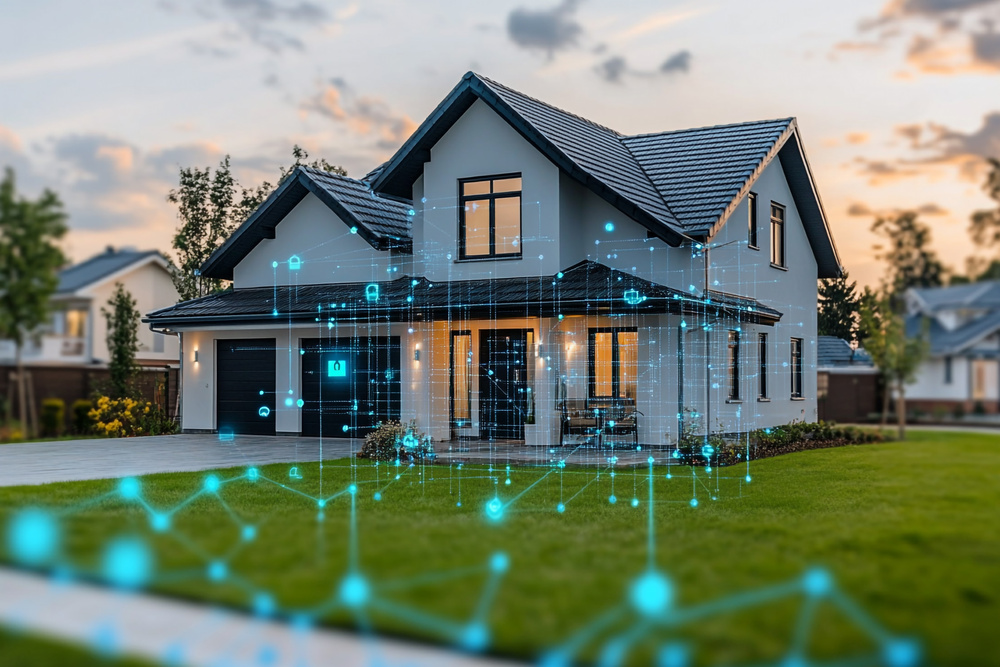Have you noticed that security devices seem to be getting smarter and more connected as time goes on? It is no accident. Designers and manufacturers are purposely moving their products in that direction. They have too. If they don’t, they won’t be able to keep up with a criminal element that works relentlessly to get better at crime.
In the physical security realm, criminals are continually becoming more sophisticated. Take porch pirates. They were largely deterred by smart video doorbells when the devices were first introduced years ago. Yet they have since learned the capabilities of the average video doorbell device. They are starting to find workarounds.
The digital realm is no different. Hackers, cybercriminals, and activists are continually developing new threats. Security experts are working overtime to stay ahead of them. So it should be no surprise that home security providers are demanding smarter and more connected devices.
Smart Devices and Better Security
Smart devices are not so called because they are intellectual giants. They can’t think. So what makes a device smart? Any combination of the following things:
- Programming capabilities
- Automation capabilities
- Remote access capabilities
- Built-in AI features
It goes without saying that today’s security systems are much smarter thanks to the many smart devices that power them. Take your typical wireless video camera. Vivint Home Security explains that video cameras come with all sorts of smart features. Here are just two examples:
FacialRecognition – Facial recognition capabilities make it possible for a camera to recognize individuals. So a system can be programmed to recognize each member of the household for the purposes of avoiding false alarms.
BehavioralRecognition – Smart technology allows for behavioral recognition as well. Today’s cameras can tell the difference between a package being dropped off on the porch and a package being stolen by a thief.
Smart devices make home security more effective through advanced capabilities that were not possible as recently as 10 years ago. It is truly amazing what manufacturers are doing with their devices.
Security in a Connected World
Keeping up with the modern criminal requires real-time detection and response. That is where being more connected comes in. If I want to stop a burglar before he makes it to my master bedroom and steals my valuables, I need to know he is trying to break in. I cannot stop him if my first knowledge of the burglary comes when I return home five hours after the fact.
Fortunately, connectivity is not a problem for the modern home security system. Thanks to wireless communications and the cloud, every device in a home security system can be connected. The entire system can be connected to an external monitoring center for added protection. And of course, homeowners can monitor their own systems with a combination of alerts and their cell phones.
It all adds up to real-time responses. As soon as a sensor is triggered, either the homeowner or a remote monitoring center is alerted. Someone can immediately respond. Meanwhile, video cameras can record valuable evidence while an alarm draws attention to a possible crime in progress.
The Criminals Aren’t Slowing Down
Making security systems smarter and more connected is a necessity in the 2020s because of the simple fact that criminals aren’t slowing down. Their livelihoods depend on figuring out new and better ways to do what they do. As consumers, we need to keep up. Therefore, we need our security systems to keep up as well. That means we need them to be smarter and more connected. Thank goodness the industry is giving us what we need.

